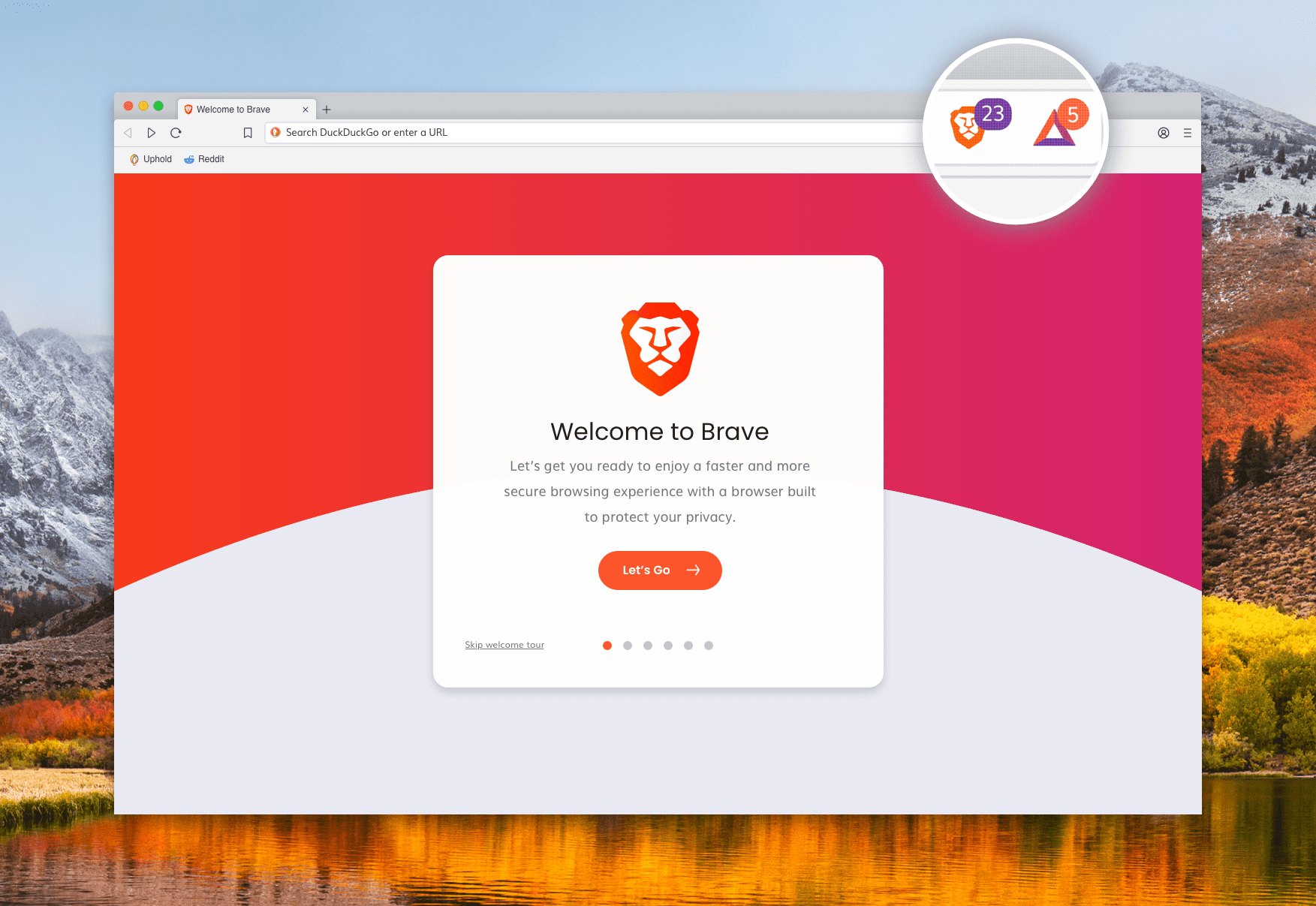Your guide to Brave Advertising
February 6, 2023
New to Brave Ads? Here’s a guide to help you understand the platform and optimise your campaigns for success.
Web3 is changing how we do a lot of things, including advertising. Sure, brands have been diving headfirst into metaverse activations and NFT launches with mixed success, but the key change is more nuanced. To understand the impact of Web3 on advertising, it’s important to first understand what Web3 means in the first place.
Read, write, own
A Web2 world is governed by read-write interactivity. The data we create from our online behaviours is collected by large companies, which then on-sell the data to marketers to use in targeted advertising campaigns. Consider the likes of social media platforms like Facebook and search engine giant Google – their user data is collated and distributed to marketers in exchange for a media fee. That data – comprising things such as gender, interest, search terms, past website visits, location and age – is then used to target ads to the most relevant audience.
Web3 is turning data ownership on its head, giving agency back to users who are the sole custodians of their data and can control how they share it. In exchange for data sharing users may receive tokens, which are held as assets in a digital wallet. In other words, the ‘media’ fee traditionally given to corporate giants is given directly to users instead.
How Brave embraces tokenisation
Brave is a web browser devoid of trackers, which allows users to browse in a more secure and private environment by default. With privacy an increasing concern, it is unsurprising that the browser amasses more than 55 million monthly active users.
If users would like to earn while they browse they can opt in to view first-party ads, controlling the frequency of the ads they see. At the end of each month, users who opt in to view ads will be issued Basic Attention Tokens (BAT), which can be stored in their browser wallet, issued as tips back to creators on the platform, traded for another crypto asset or ‘cashed in’ for in-app purchases.
It’s important to note that Brave does not issue tokens for clicking on ads, in line with the ethos that users should not feel the need to take action on an ad unless they are genuinely curious to learn more. That said, the stats around ad effectiveness speak for themselves.
- 51% of users feel more positive about brands that advertise on Brave
- Brave Ads see an average CTR of 8%
- 49% brand recall
- 1-2 advertisers per category. Less competition = high chances of visibility and engagement
In what ways can you advertise on Brave Ads?
If you’ve been advertising on Google in the past, then Brave won’t be too much of a learning curve. Brave Ads are available in the following formats:
- Search ads
- Push notifications (including a title, CTA and link)
- Sponsored images, which appear as background images when new tabs are open
- Promoted content, which is displayed as a badge with an image and brand name
If data tracking is blocked, how can I set up targeting for Brave ads?
According to the Brave website, the platform utilises “local machine learning with the browser profile to only place ads in optimal conditions. Ads are anonymously matched to opportunities, and users become partners instead of targets.” Brave also allows for country-level ad matching as well as operating system matching.
Similarly, campaign performance and ad delivery is reported via “anonymous-but accountable ad confirmation events”, negating the need to track users and without the user divulging any personal information. The metrics made available to advertisers include ad views, clicks, ad dismissals, conversions and brand lift, which are sufficient data points to test various types of ads in-market.
So, are Brave Ads a worthy addition to my marketing strategy?
Meta, Google Ads and LinkedIn Ads still offer sophisticated targeting and are still prime advertising channels. But times are changing. Data restrictions on the more mainstream ad platforms continue to tighten. Meanwhile, Brave users continue to climb month on month and the world shifts to a Web3 mindset, it’s hard to ignore the power of Brave Ads.
At the end of the day, marketing efforts should be audience-driven. If you’re a brand advertising to Web3 natives, then Brave Ads is a worthy channel to test given the likelihood of your audience using the browser. The mainstream world will eventually embrace Web3, so learning and testing sooner rather than later will best set you up for success.
Need help with your Brave Ads strategy or want to hold a Brave training session for your team? Get in touch with us!
Words: Rebecca Haddad

